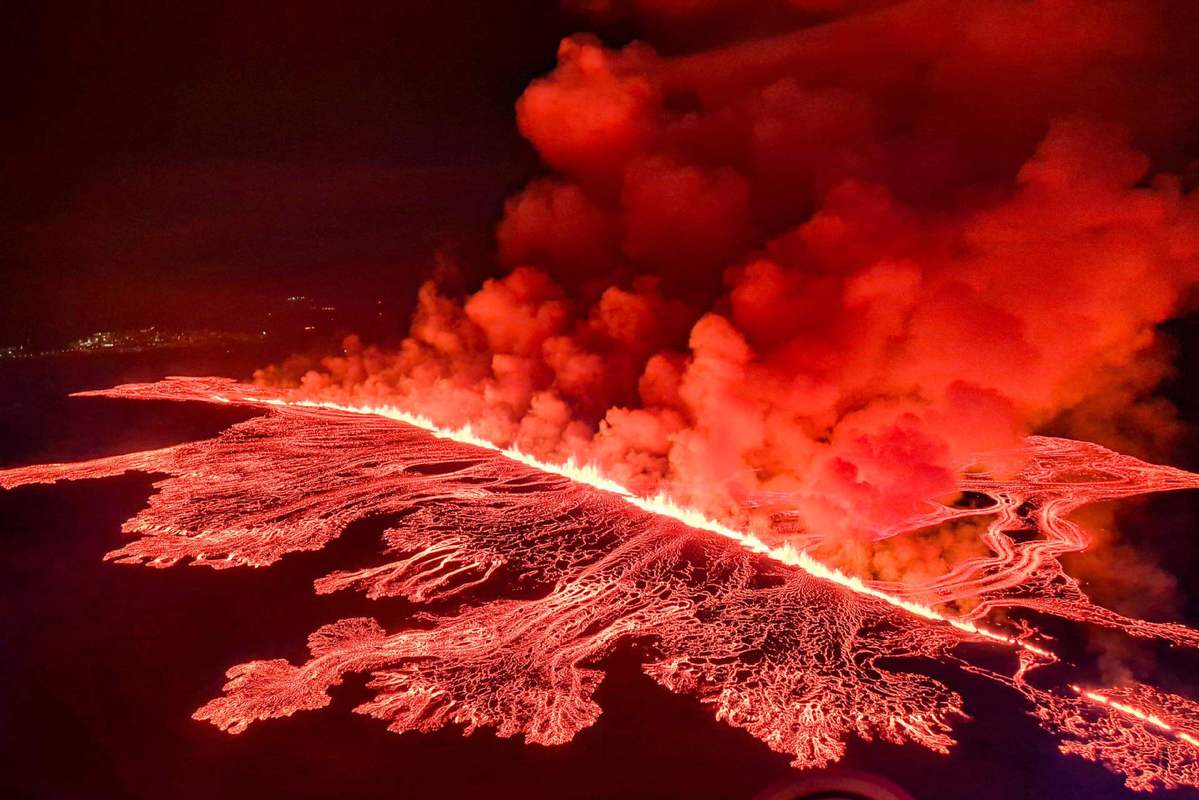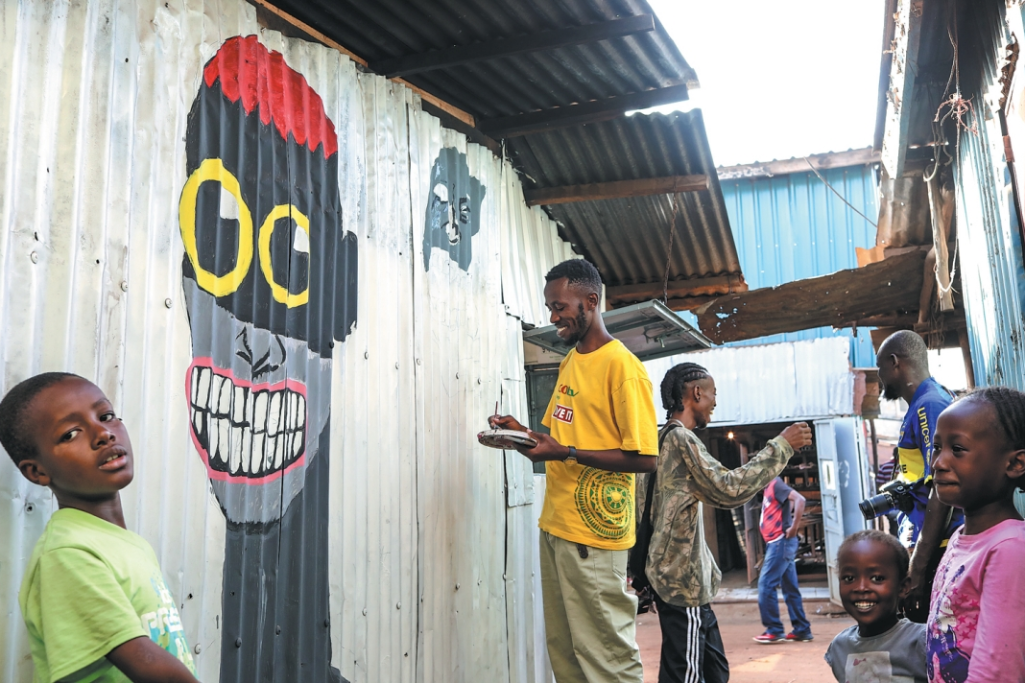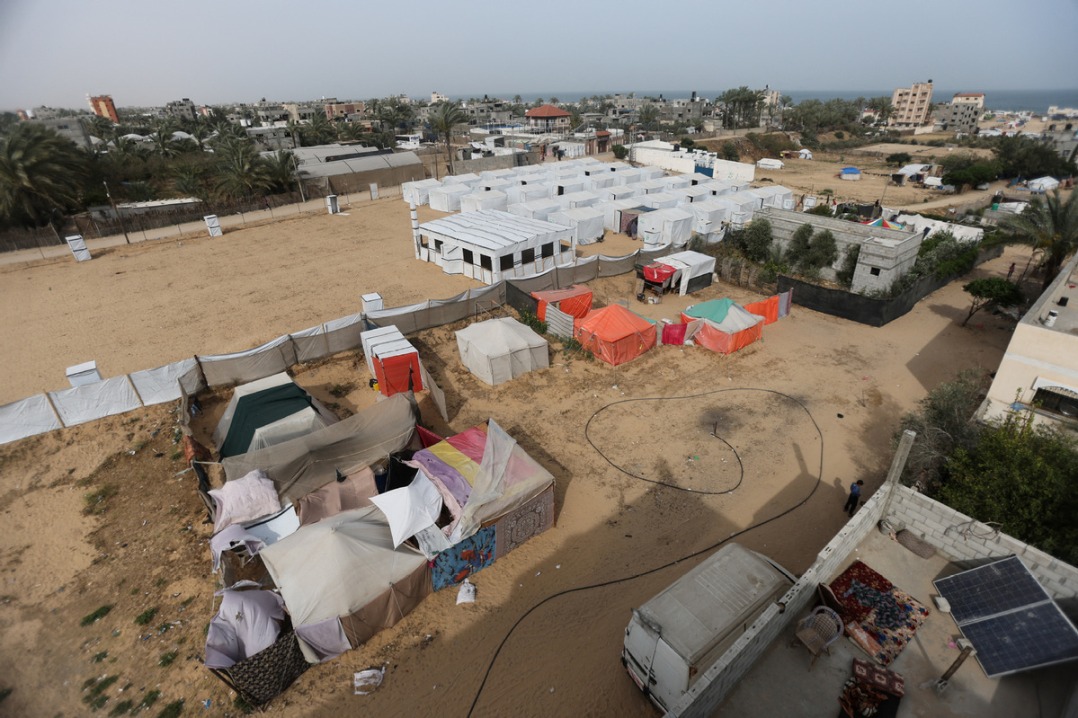Eruptions, lava cause problems in Iceland


Renewed volcanic activity in the Reykjanes Peninsula in southern Iceland has led to a state of emergency being declared, after lava flows reached defensive barriers put up around the previously evacuated town of Grindavik.
Local residents had only recently been allowed back to their homes, having been evacuated in January after magma spread into the town, destroying three houses. The nearby world-famous Blue Lagoon open-air thermal spa has been shut indefinitely because of lava flow moving toward it, and also the adjoining geothermal power plant, which provides hot water for much of the surrounding area.
There are also worries about how local phone and internet connections could be affected if the lava damages roads beneath which the cables run.
Iceland is in the middle of the North Atlantic ocean, just south of the Arctic Circle, and is situated on the point where the North American and Eurasian tectonic plates meet, contributing to it being one of the most seismically active places on the planet.
The Guardian newspaper reports that the country has 33 active volcano systems, so local authorities are used to dealing with their impact, but in 2010 the eruption of the Eyjafjallajokull volcano caused chaos to international air travel because of dust particles in the atmosphere.
On Sunday morning, Iceland's national broadcaster, RUV, shared a statement from Keflavik Airport, the country's largest airport and a major international hub, saying: "Keflavik Airport and regional airports in Iceland are not impacted and fully operational."
Rikke Pedersen, head of the Nordic Volcanological Center, said: "This was definitely expected. Of course, the exact time of the eruption is impossible to predict. The first cues of this moving toward the surface actually only happened about 15 minutes in advance."
A series of earthquakes near the end of last year reawakened the Svartsengi volcanic system, which had been dormant for nearly 800 years, leading to the first evacuation of Grindavik in November, when cracks appeared around the town.
An eruption on Dec 18 saw lava flow away from the town, but another in January saw lava flow toward it. Although the lava was partially blocked by defensive barriers, some houses were destroyed.
One Grindavik resident, Kristin Maria Birgisdottir, told Reuters locals were becoming so accustomed to the volcanic activity it was "business as usual".
"My son ... just called me and said, Mamma, did you know the eruption has started?" she said. "And I was like, yeah, I did know. Oh, my grandma just told me. So it's like we don't even bother telling each other anymore."



































